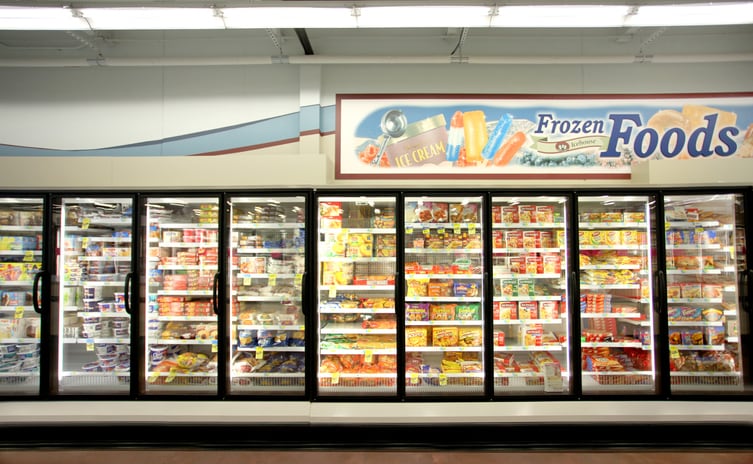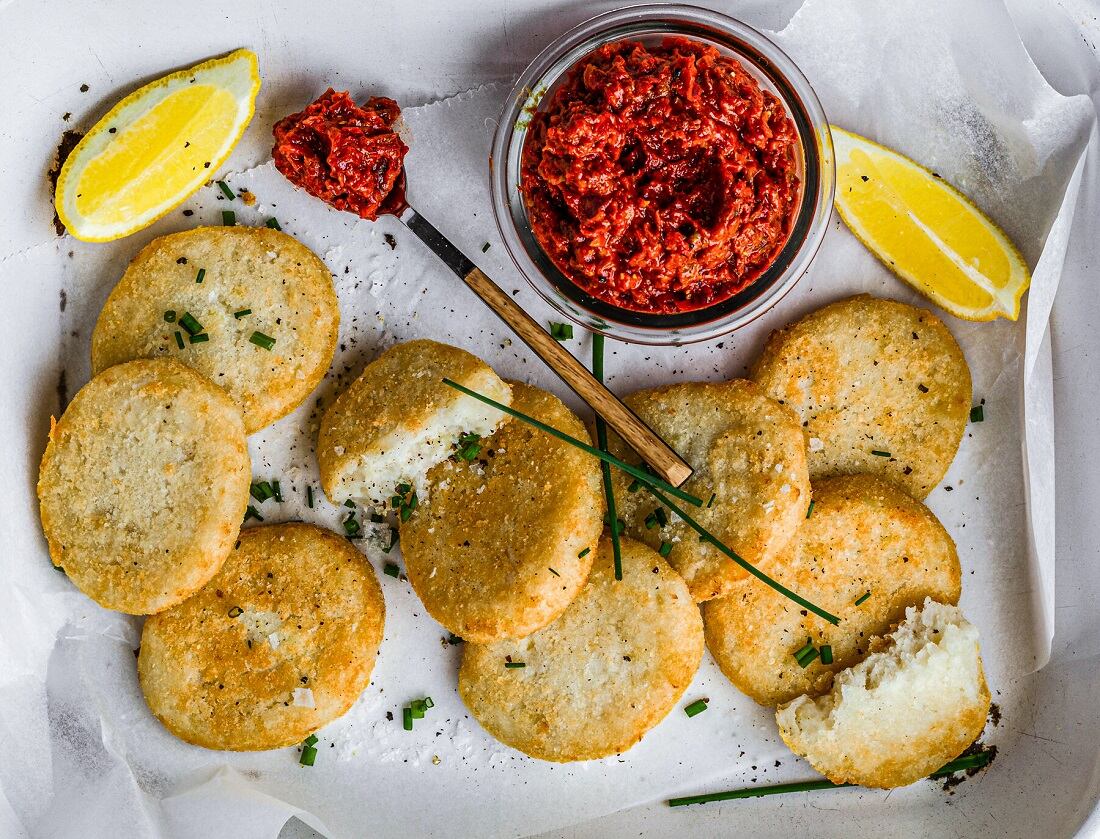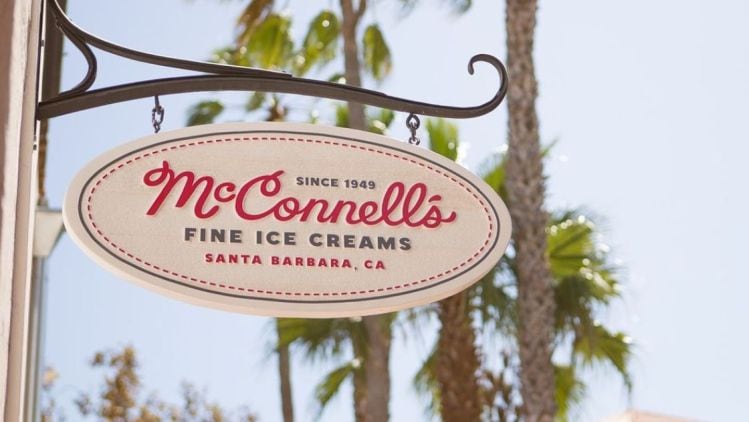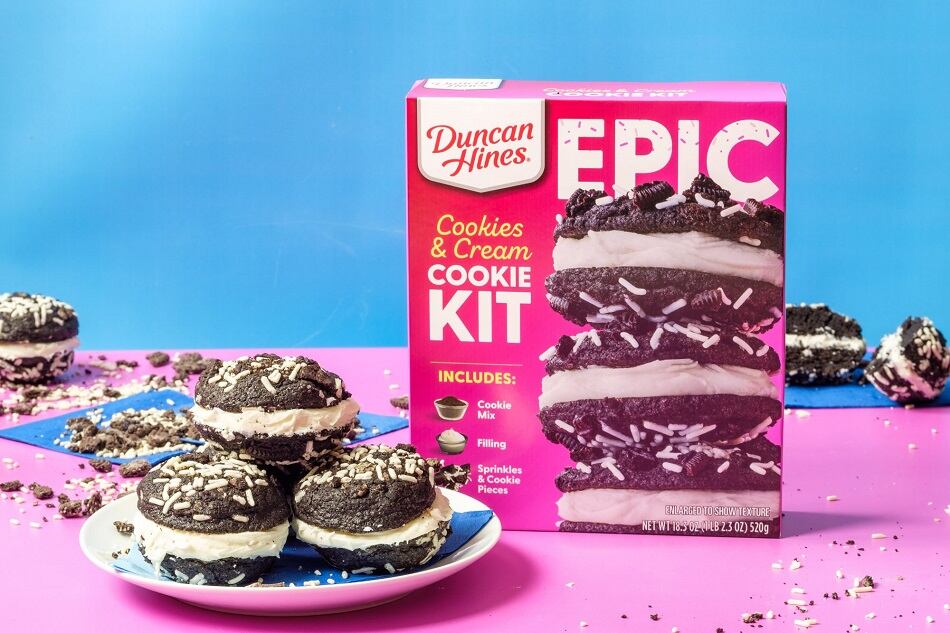In the months following the initial coronavirus outbreak, headline after headline declared frozen food a ‘sales powerhouse,’ as consumers looked for comforting, convenient and healthy food with which to stock their kitchens, IRI executive president Sally Lyons Wyatt said during a recent presentation.
While that “story is not new,” Wyatt said what is new is the staying power and strength of frozen even as mobility increases and consumers have more options now that they can more safely visit grocery stores and go to restaurants.
According to IRI data, in the year ending June 13, 2021, dollar sales of frozen skyrocketed 9.9% -- outpacing total retail food and beverage sales, which were up 7.4% and tailing only beverage sales, which were up 10.9% in the period. Unit sales of frozen also led the pack with at 4.6% increase in the 52 weeks preceding June 13, compared to 1.2% for all food and beverage.
The fact that retail dollar sales outpaced unit sales indicates that much of the ongoing growth in frozen is driven by price – a notable attribute as inflation begins to push up the cost of food across categories, Wyatt said.
“Frozen actually hasn’t seen as fast as the price increases as other area in the food and beverage,” with he average price per unit increasing only 2.9% over a year ago compared to a 3.1% increase for fresh and 3.6% average increase for shelf stable products, Wyatt said.
In some categories, the price change between frozen and its fresh counterparts was more notable, she added. For example, the price of frozen meat increased only 3.9% compared to 4.5% for fresh, frozen seafood increased 3% compared to 3.5% for fresh and the price for frozen vegetables actually fell 0.8% compared to fresh which went up 0.9%.
The only notable category where the reverse was true was fruit. Frozen fruit went up 2.2% while fresh fruit increased only 0.5% -- a switch that could be attributed in part to people buying more premium frozen fruit compared to fresh.
Frozen’s ability to keep price increases at bay will likely play an increasingly important role in consumers’ purchasing decisions and pandemic stimulus abates and inflation continues to drive up other daily costs.
Frozen’s strong value story also is pushing consumers to buy more frozen items more often, resulting in a nearly 10% increase in spend per buyer compared to the period which included COVID-19 panic buying, according to IRI data.
The category also is attracting younger, more divers consumers who have discovered – or rediscovered frozen – in the past year and a half, helping the category achieve faster than average growth, Wyatt added.
Winners in frozen
Just as the drivers for why consumers continue to buy frozen are evolving, so too is what they are buying.
IRI data reveals many are opting for more premium and novel products to beat back fatigue from cooking and eating primarily at home during the pandemic, and as a way to entertain easily at home as it becomes safer to gather with friends.
For example, frozen seafood has emerged as a big winner with an 19.8% increase in dollar sales from a year ago, which is two times that of frozen’s overall 9.7% dollar increase in the 52 weeks ending June 13, says Christine Boule, principal of client insights at IRI.
This increase reflects a 2.7% increase in buyers shopping frozen seafood from a year ago, a 5.6% increase in the amount spent on frozen seafood per trip from last year and a 10.5% increase in trips per buyer for frozen seafood from last year – all of which are significantly higher than frozen more broadly, Boule said.
The gains in frozen seafood has been driven primarily by a shift to shellfish options with shrimp as a key driver, IRI data reveals. It also shows a 37% increase in new buyers for crabs and scallops, 23% for salmon and 4% and 3% for cod and pollock.
One reason that consumers are gravitating more to frozen seafood now than before the pandemic is because they want to recreate the restaurant experience at home, eat a broader variety of options and because they are feeling more confident preparing what formerly was considered an intimidating protein thanks to a surge of recipes and how-to content across social media, Boule said.
Alongside seafood, consumers in the frozen aisle are gravitating to appetizers and snacks that can provide easy meal solutions or elegant at-home entertaining options, noted Boule. She pointed to IRI data showing a 16% increase in frozen mozzarella sticks, 11% in spring rolls, and 28% increase in dumplings.
As shoppers try more novel frozen appetizers and snacks, they are relying less on frozen pizzas than they were during the beginning of the pandemic – although levels are still elevated above pre-pandemic. According to IRI data, sales of frozen pizza grew 3.5% in the year ending June 13, which was down from the 21.9% year-over-year increase in 2020 and the 3.1% increase in 2019.
While sales of frozen pizza may be slowing, consumers who are still drawn to the segment are seeking non-traditional crusts, such as croissant, deep dish, stuffed and cauliflower, as well as traditional toppings such as pepperoni, supreme and cheese, Boule noted.
Handheld options dominate frozen breakfast
Breakfast is another breakout area for frozen during and after the pandemic, but again what consumers are buying is shifting, according to IRI data.
IRI data revealed sales of frozen breakfast entrees and handhelds skyrocketed in the past year. Sales of frozen breakfast entrees climbed 1% or $14.02bn and handhelds were up 0.7% or $25.29bn compared to previous breakfast staples like frozen waffles which fell 2.2% or $31.1mn and cold cereal which fell 0.2% or $34.38bn.
Among breakfast handhelds, sandwiches are driving dollar growth, but more portable formats are growing the fastest, Boule said. IRI data shows dollar sales of breakfasts sandwiches up $165mn, burritos $44mn, French toast sticks $22mn, filled pastries $16mn and wraps $7.6mn in the past year.
Despite the rise in frozen breakfast options during the pandemic, Boule predicts that as people return to school and work the convenience of cereal will threaten frozen breakfast options.
Driving long-term growth in frozen
Looking forward, players in the frozen space can draw on lessons learned from the pandemic to keep their products front and center for consumers, Wyatt and Boule said.
Specifically, they recommend retailers and manufacturers:
- Implement optimal price and assortment of value and premium products;
- Leverage social media to show consumers how to use frozen ingredients easily;
- Position frozen as easy, convenient options to reconnect with friends and family as regions reopen and people eat out-of-home more;
- Emphasize convenience and quality; and
- Leverage the competitive advantages of longer shelf life and variety.




